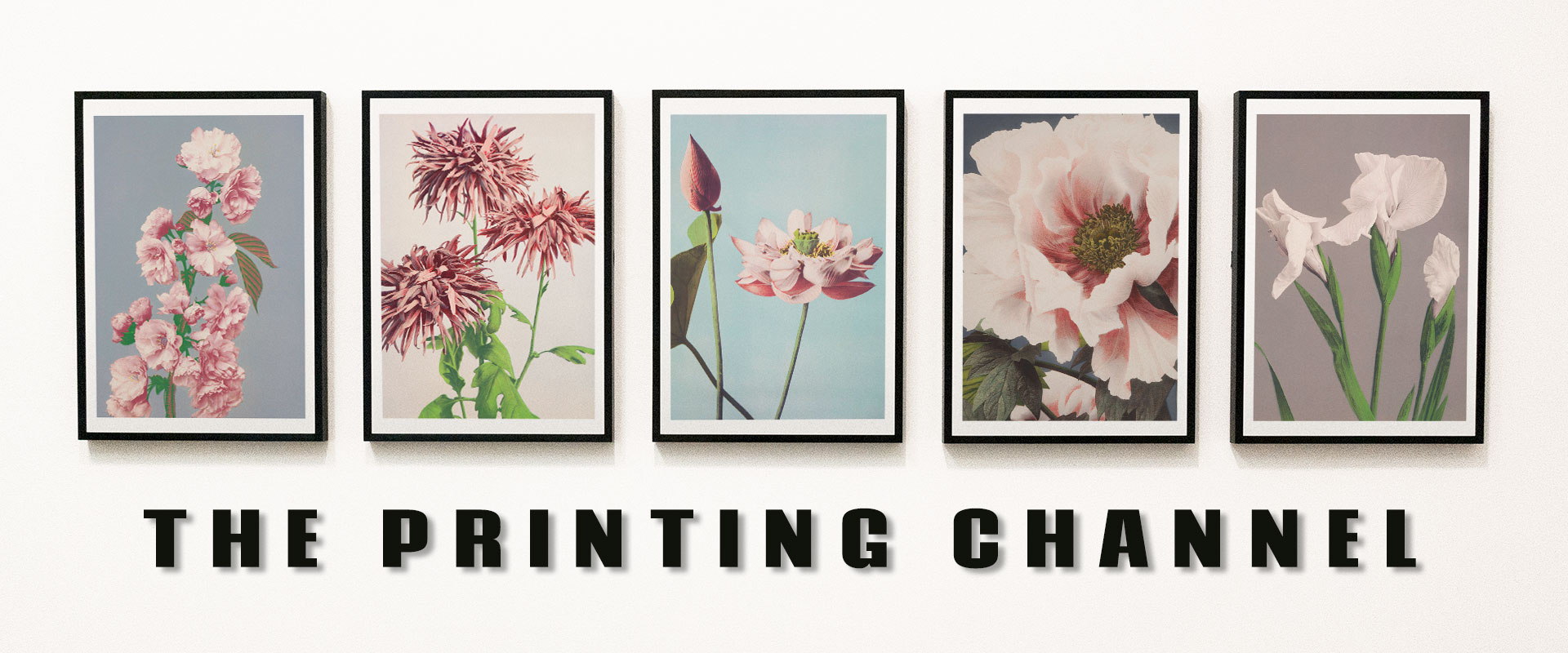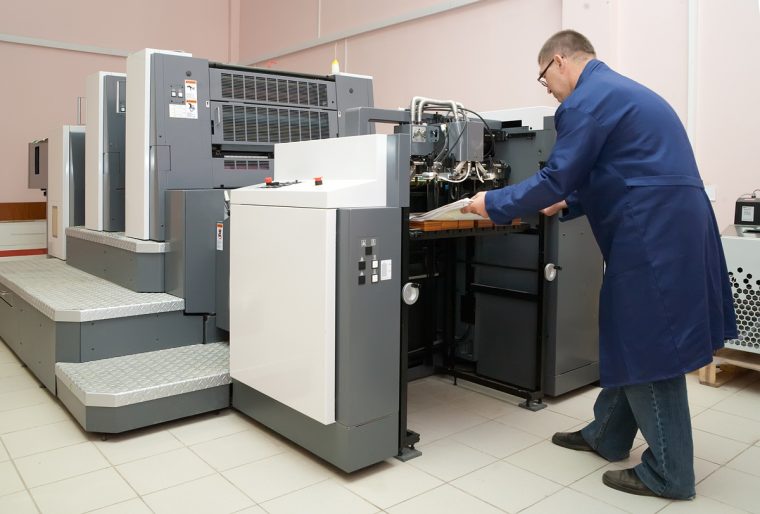Introduction
Large Format Printing: Large format printing is a versatile and impactful form of printing that allows businesses to create visually stunning graphics and promotional materials on a larger scale. From eye-catching banners and posters to vibrant signage and displays, large format printing offers endless possibilities for capturing attention and conveying messages effectively.
Whether used for marketing campaigns, trade shows, events, or outdoor advertising, large format printing has become an essential tool for businesses looking to make a bold statement and stand out in today’s competitive landscape. In this comprehensive guide, we will explore everything you need to know about large format printing, including the various printing technologies and materials involved, the benefits and applications of large format printing, and the factors to consider when selecting a large format printing partner.
We will delve into the technical aspects of file preparation, resolution, and color management, as well as provide practical tips for designing impactful large format graphics. Whether you’re a marketing professional, a small business owner, or simply curious about the world of large format printing, this guide will equip you with the knowledge and insights necessary to harness the power of large format printing and make a lasting impression. Get ready to unlock the potential of large format printing and take your visual communication to new heights.
What are the advantages of large format printing over traditional methods?
Large format printing offers several advantages over traditional printing methods, making it a preferred choice for various applications. One significant advantage is the ability to produce prints of exceptionally high quality and resolution. With large format printers, it is possible to achieve intricate details, vibrant colors, and sharp images, resulting in visually appealing and professional-looking prints. Additionally, large format printing allows for greater flexibility in terms of print size. Whether it’s a small poster or a gigantic billboard, large format printers can handle a wide range of dimensions, accommodating various display requirements. This versatility makes large format printing ideal for advertising campaigns, trade shows, exhibitions, and other promotional activities.
Another advantage of large format printing is its efficiency and cost-effectiveness, especially for bulk printing. Traditional printing methods often require multiple runs and setups to produce large quantities, resulting in higher costs and longer production times. In contrast, large format printing enables the creation of multiple copies in a single run, reducing the overall production time and lowering costs. This efficiency is particularly beneficial for businesses and organizations that frequently require large quantities of prints, such as retail stores, event management companies, and marketing agencies.
The prints are typically resistant to fading, scratches, and weather conditions, making them suitable for outdoor displays that need to withstand the elements. This durability ensures that the prints maintain their quality and impact over an extended period, providing long-lasting visibility and brand exposure.
Whether it’s vinyl, canvas, fabric, or even rigid materials like foam board or acrylic, large format printers can accommodate diverse media types, expanding the possibilities for creative and unique prints. This versatility opens up opportunities for customized and personalized printing, enabling businesses to tailor their promotional materials to specific target audiences or events.
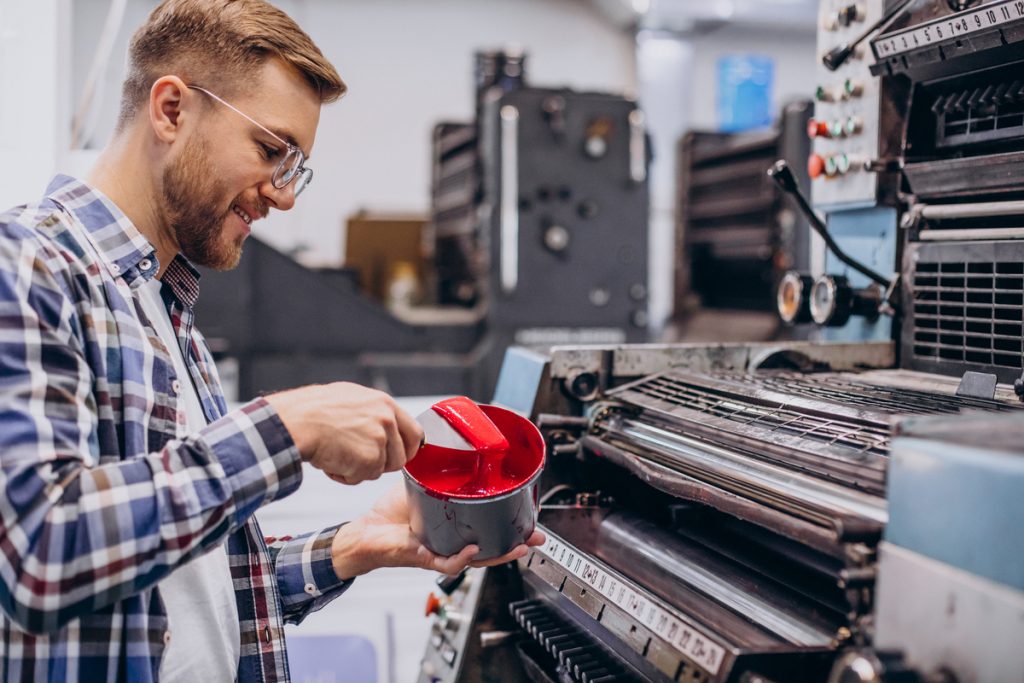
How do I choose the right materials for my large format prints?
Choosing the right materials for large format prints is crucial to ensure the desired visual impact, longevity, and suitability for specific applications. Several factors need to be considered when making this decision. Firstly, consider the purpose and location of the print. If it will be displayed outdoors, materials with weather-resistant properties, such as vinyl or UV-protected substrates, are recommended to withstand exposure to sunlight, rain, and other environmental factors. For indoor displays, materials like canvas or photographic paper may be more appropriate, offering a more refined and artistic look.
Secondly, consider the size and weight of the print. Different materials have varying weight capacities and structural properties, so it’s important to choose a material that can adequately support the dimensions of the print. For larger prints, materials like reinforced vinyl or rigid substrates like foam board or acrylic can provide stability and prevent sagging or warping.
Another factor to consider is the desired aesthetic and visual effect. Some materials, such as glossy paper or satin fabric, can enhance the colors and details of the print, resulting in a vibrant and eye-catching display. On the other hand, matte finishes can provide a more subdued and elegant look, suitable for certain types of artwork or photography.
What are the different types of large format printing technologies available?
There are several types of large format printing technologies available, each offering unique features and advantages. One commonly used technology is inkjet printing. Inkjet printers utilize droplets of ink that are precisely deposited onto the printing material. This technology allows for high-resolution prints with vibrant colors and sharp details. Inkjet printers can accommodate a variety of media, including paper, vinyl, fabric, and even rigid materials.
This technology is often chosen for outdoor applications as the prints are durable and weather-resistant. Solvent printing is commonly used for banners, billboards, and vehicle wraps.
UV-curable printing is another popular large format printing technology. UV printers use ultraviolet light to cure or dry the ink instantly after it is applied to the printing material. This technology allows for prints with excellent color vibrancy and durability. UV-curable prints are resistant to fading and scratching, making them suitable for both indoor and outdoor use.
Dye-sublimation printing is a specialized large format printing technology commonly used for fabric prints. This process involves printing the image onto a transfer paper using dye-based inks and then transferring the image onto the fabric using heat and pressure. Dye-sublimation prints offer vibrant colors, excellent image detail, and durability. They are commonly used for applications such as trade show displays, flags, and soft signage.
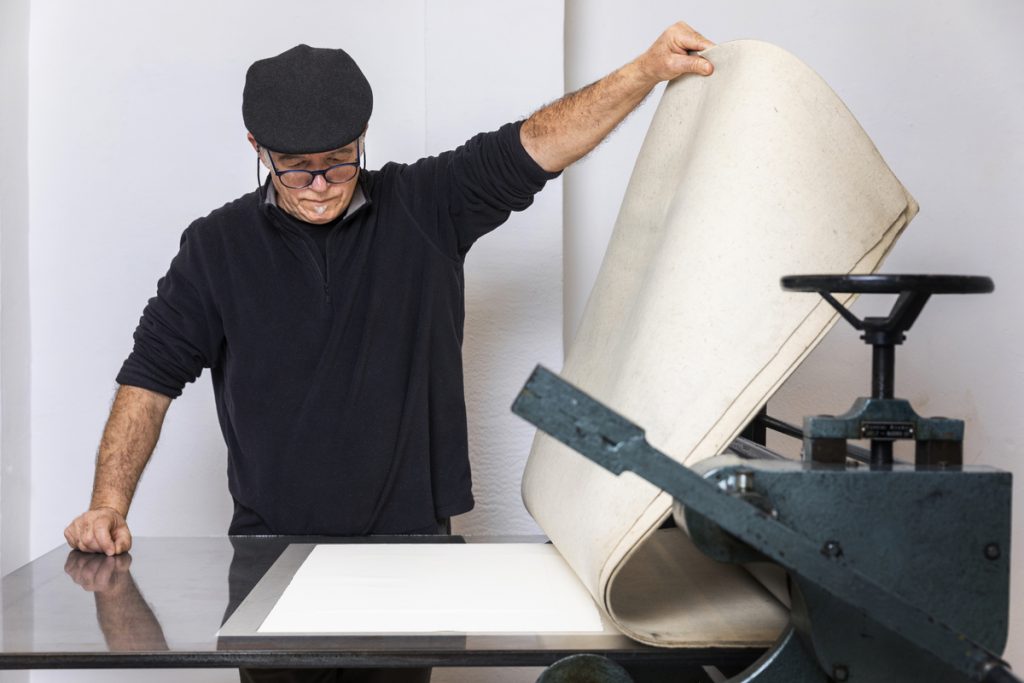
How can I ensure optimal resolution and image quality in large format prints?
Ensuring optimal resolution and image quality in large format prints requires careful attention to various factors throughout the printing process. Firstly, it is crucial to start with a high-resolution image. Select an image with a resolution that matches or exceeds the desired print size. This will help maintain clarity and detail in the final print. It is recommended to use images with a minimum resolution of 300 dots per inch (DPI) to ensure crispness and sharpness.
When preparing the image for printing, make sure to adjust the color settings and optimize the image for the specific printing process. Use a color profile that is compatible with the printer and the intended printing material to ensure accurate color representation. Calibration tools can help ensure color consistency across different devices and printing processes.
They will have the expertise and equipment to handle large format prints effectively. Consult with them about the recommended file specifications and printing settings to achieve optimal results. They can provide guidance on resolution, color profiles, and other technical aspects to ensure the best possible image quality.
What are the key design considerations for creating impactful large format graphics?
Creating impactful large format graphics requires careful consideration of various design elements to effectively communicate the intended message and capture viewers’ attention. First and foremost, it is crucial to focus on the visual hierarchy. Determine the main focal point of the design and ensure that it stands out prominently. Use bold typography, striking imagery, or vibrant colors to draw attention to the key elements and guide viewers’ eyes through the composition.
Another key consideration is simplicity. Large format graphics are often viewed from a distance, so it’s important to keep the design clean and uncluttered. Avoid excessive text or complex details that may be difficult to read or comprehend from afar. Opt for concise and impactful messaging that can be quickly understood.
Scale and proportion are also essential design considerations. Take into account the size and dimensions of the final print and adjust the elements accordingly. Use appropriately sized typography and graphics to maintain balance and visual harmony. Experiment with different layouts and compositions to find the most effective arrangement for the given space.
Color plays a crucial role in creating impact. Choose a color palette that aligns with the intended mood, message, and brand identity. Vibrant and contrasting colors can grab attention, while a limited color scheme can create a sophisticated and cohesive look. Consider the psychology of color and how it can evoke emotions and influence viewer perception.
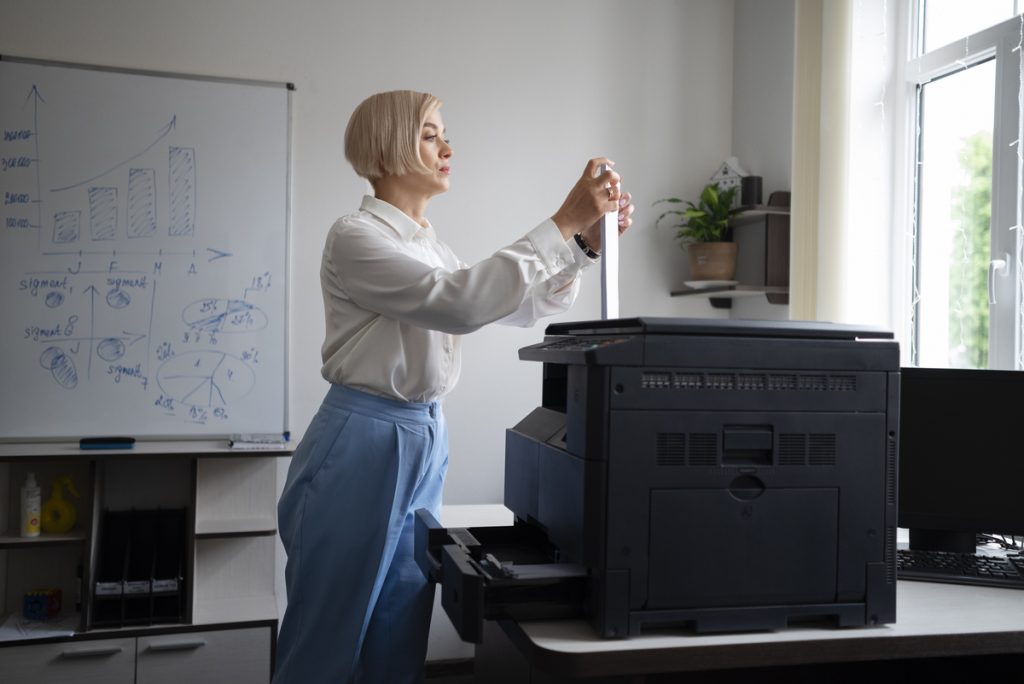
How does large format printing contribute to effective outdoor advertising?
Large format printing plays a significant role in effective outdoor advertising by providing businesses with the opportunity to capture attention, convey messages clearly, and create a lasting impact on the target audience. One key advantage of large format printing in outdoor advertising is its ability to produce visually stunning and eye-catching displays. With large format printers, businesses can create vivid, high-resolution prints that grab attention even from a distance. Whether it’s a towering billboard, a building wrap, or a banner, the large size and vibrant colors of these prints make them impossible to ignore, drawing the eyes of passersby and creating brand awareness.
Businesses can tailor their outdoor advertising materials to suit specific locations, events, or target audiences. Whether it’s promoting a product, an event, or a brand, large format printing allows for the creation of unique and impactful designs that resonate with the target market. This customization helps in delivering targeted messages and enhancing the effectiveness of outdoor advertising campaigns.
They can withstand exposure to sunlight, rain, wind, and other elements without losing their quality. This durability ensures that the advertising message remains visible and impactful for extended periods, maximizing the return on investment.
What maintenance and care is required for large format printing equipment?
Proper maintenance and care are essential for ensuring the optimal performance and longevity of large format printing equipment. Regular maintenance routines should be established to keep the equipment in good working condition. One crucial aspect is keeping the equipment clean. Dust, debris, and ink residue can accumulate on various components, affecting print quality and potentially causing malfunctions. Regularly clean the print heads, rollers, and other relevant parts using recommended cleaning solutions and procedures.
Ensure that the correct ink cartridges or tanks are used, and replace them as needed. Properly store and handle ink cartridges to prevent leakage and contamination. Similarly, handle media with care to avoid damage and ensure smooth feeding.
Routine calibration and color profiling are necessary to maintain accurate and consistent color reproduction. Periodically calibrate the equipment to ensure optimal color accuracy and print quality. Create and use color profiles specific to the printing equipment, ink, and media being used.
Regularly check for and address any mechanical issues or abnormalities. This includes inspecting belts, gears, and other moving parts for wear and tear. Lubricate components as recommended by the manufacturer to prevent excessive friction and prolong the lifespan of the equipment.
Software updates and firmware upgrades should not be overlooked. Stay up to date with the latest software and firmware releases provided by the manufacturer. These updates often include bug fixes, performance improvements, and new features that can enhance the printing experience and reliability.

What factors should I consider when selecting a large format printing service provider?
When selecting a large format printing service provider, several factors should be considered to ensure a satisfactory and successful printing experience. First and foremost, assess the provider’s expertise and experience in large format printing. Look for a service provider with a proven track record and a portfolio of high-quality prints. Check their reputation and customer reviews to gauge their reliability and professionalism.
It is crucial to consider the range of services offered by the provider. Look for a company that offers a comprehensive suite of services, including design assistance, file preparation, printing, finishing, and installation if needed. Having all these services under one roof can streamline the process and ensure seamless coordination.
Quality is paramount in large format printing. Assess the provider’s printing capabilities and the technology they use. Inquire about the printing equipment, resolution capabilities, color accuracy, and the range of materials they can print on. Request samples of their previous work to evaluate the quality of their prints firsthand.
Timeliness and responsiveness are important factors as well. Ensure that the service provider has efficient turnaround times and can meet your project deadlines. Prompt communication and responsiveness to inquiries and concerns are indicators of good customer service.
Conclusion
Large format printing is a dynamic and powerful tool that enables businesses to create visually stunning graphics and promotional materials on a larger scale. With its wide range of applications and versatility, large format printing has become an indispensable part of modern marketing and visual communication strategies.
Throughout this comprehensive guide, we have explored the various aspects of large format printing, including the different technologies and materials involved, the benefits and applications, design considerations, and factors to consider when selecting a printing service provider. By understanding the intricacies of large format printing, businesses can effectively capture attention, convey messages, and make a lasting impact on their target audience.
Whether it’s for trade shows, events, outdoor advertising, or any other promotional purposes, large format printing offers endless opportunities for creativity and engagement. So, embrace the world of large format printing, experiment with innovative designs, select the right materials, and unleash your visual communication potential. With the knowledge and insights gained from this guide, you are well-equipped to embark on your journey into the captivating realm of large format printing.
